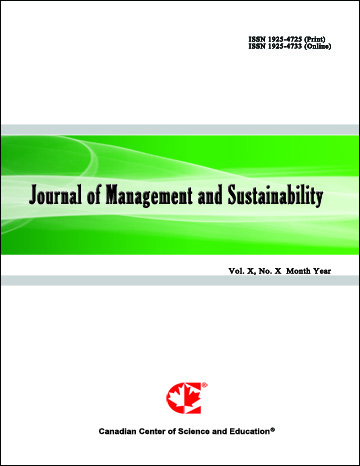Aesthetic Participation for Sustainable Development: A Case Study from Kathmandu, Nepal
- Sangeeta Singh
- Martina Maria Keitsch
Abstract
Art and design are increasingly emphasizing the role of user participation and social inclusion. Some authors claim for example, that art processes should employ creative ideas, abilities and skills of diverse stakeholders. The idea of art as a social sculpture (Beuys) is not new. Art has played an important role for participation of different social groups in common cultural activities for many decades. The role of art, experience and participation in this sense connects Heidegger’s interpretation of the artwork, expressed for example, through the significant cultural role of the temple, with modern participatory art and design concepts. The following chapter discusses aesthetic participation as element of an established cultural practice and the role the artwork plays in this practice. Established means here: intrinsic with dynamic potential deliberately changing parts of the practice towards social inclusion. Following the introduction, the second section briefly introduces some current trends on aesthetic participation and continues with an appraisal of Heidegger’s ontological aesthetics. Employing insights from section two, the fourth section analyses aesthetic experience and participation within a case study done by the authors: The Akash Bhairab Temple at Indrachowk, Kathmandu Nepal. The fifth section summarizes possibilities and limitations of present concepts and discusses how ontological aesthetics can supplement these. Section six conclusively considers aesthetic participation as contribution to cultural sustainability. The insights of this study might be valuable for artists and educators as well as for stakeholders, who use aesthetic participation as an entry point for social decision-making and inclusion.
- Full Text:
 PDF
PDF
- DOI:10.5539/jms.v8n4p96
Journal Metrics
Google-based Impact Factor (2021): 1.54
h-index (July 2022): 37
i10-index (July 2022): 147
h5-index (2017-2021): 12
h5-median (2017-2021): 19
Index
- Academic Journals Database
- ANVUR (Italian National Agency for the Evaluation of Universities and Research Institutes)
- CAB Abstracts
- CNKI Scholar
- EconBiz
- Excellence in Research for Australia (ERA)
- GETIT@YALE (Yale University Library)
- Harvard Library
- HeinOnline
- Infotrieve
- JournalTOCs
- LOCKSS
- MIAR
- PKP Open Archives Harvester
- RePEc
- Scilit
- SHERPA/RoMEO
- Stanford Libraries
- UCR Library
Contact
- Evelyn XiaoEditorial Assistant
- jms@ccsenet.org
